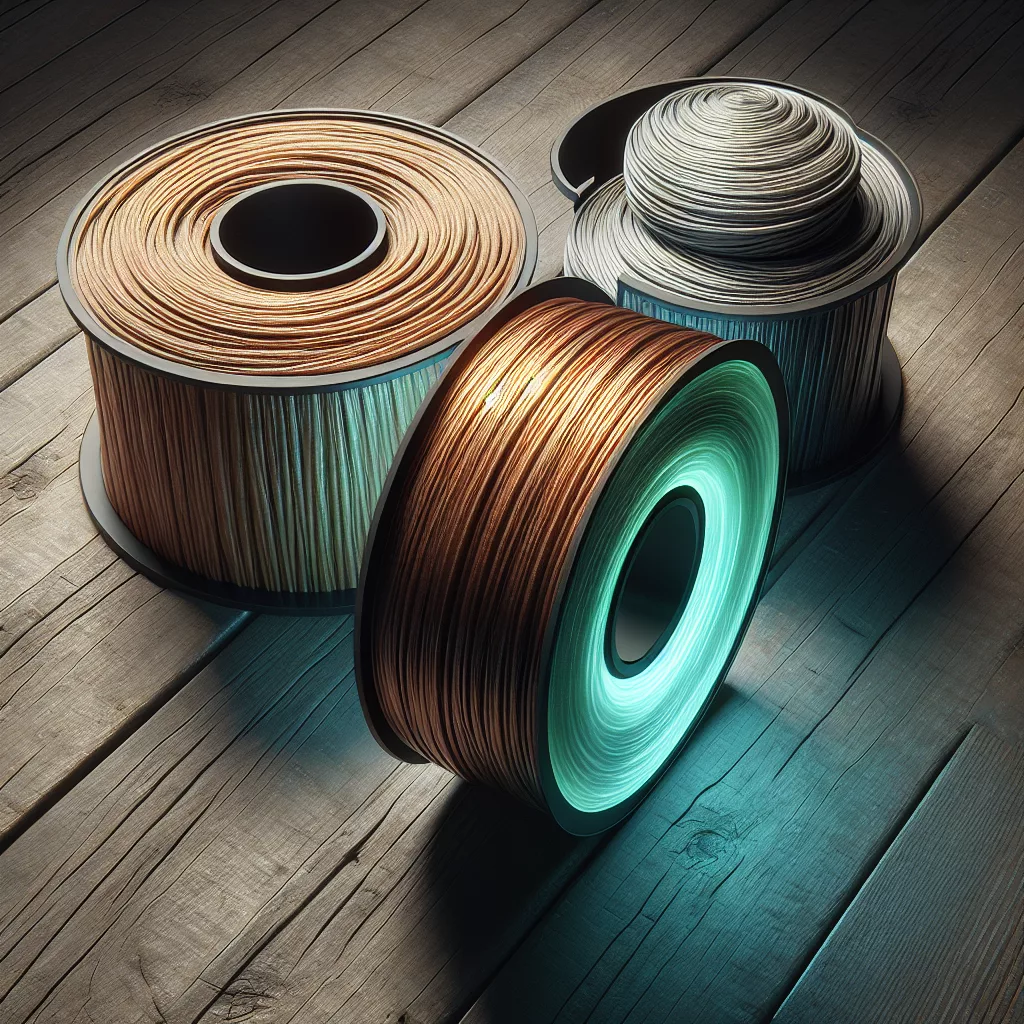Understanding Nylon Filament: Why Warping Happens
Nylon is a popular 3D printing material known for its exceptional strength, flexibility, and chemical resistance. However, anyone who has printed with nylon knows that it’s notorious for warping. Warping occurs when the bottom layers of a print cool and contract before the rest of the model has a chance to solidify, causing edges to lift off the build plate. This issue is mainly due to nylon’s high shrinkage rate and its sensitivity to temperature fluctuations. Fortunately, with the right approach and printer settings, you can print nylon filament successfully—without warping.
Choose the Right Printer and Setup
Not all 3D printers are equally suitable for printing nylon. Here’s what you need to consider:
- Enclosed Build Chamber: Nylon thrives in a controlled environment. An enclosed printer protects your print from drafts and helps maintain a stable temperature around the print, significantly reducing warping.
- Heated Bed: You’ll need a heated print bed capable of reaching at least 80-110°C. This keeps the print’s base warm and minimizes the temperature gradient responsible for warping.
Bed Adhesion: Laying the Foundation
Getting your first layer to stick is critical. Here are proven ways to improve nylon bed adhesion:
- Bed Surfaces: While glass and aluminum beds are standard, nylon adheres best to Garolite (also known as G10/FR4), PEI sheets, or specialized nylon build surfaces. If unavailable, blue painter’s tape or glue sticks can help, but they are less reliable for large prints.
- Adhesives: For stubborn cases, consider using Magigoo PA, PVA glue stick, or a thin layer of washable wood glue, all of which help nylon grip the build plate.
- First Layer Height: Lower your first layer height slightly and slow down the print speed for that layer. This increases the contact area and allows the filament to squish into the texture of the build surface.
Optimal Print Settings for Nylon
Fine-tuning your slicer settings will make a huge difference in print quality and warp resistance.
- Extruder Temperature: Nylon typically prints between 240°C and 270°C. Check your filament manufacturer’s recommendations. Too cold, and adhesion suffers; too hot, and stringing can increase.
- Bed Temperature: 80-110°C is ideal. If you still see warping, try increasing your bed temp in small increments within the safe range for your printer.
- Enclosure Temperature: If your printer allows, keep the enclosure warm (above 30°C). Some users add a gentle heat source, but always prioritize fire safety.
- Print Speed: Slower speeds (30-50mm/s) give nylon time to adhere and settle, reducing the risk of warping.
- Fan Settings: Disable or minimize part cooling fan. Nylon likes to cool slowly; high fan speeds can exacerbate warping and layer splitting.
Managing Moisture: The Enemy of Nylon Printing
Nylon is hygroscopic—it absorbs moisture from the air rapidly. Wet nylon pops, hisses, and prints with bubbles, causing poor adhesion and increased warping. For best results:
- Store nylon in a dry box with desiccant when not in use.
- Dry filament before printing by baking it in a filament dryer or a regular oven at 70-90°C for 4-6 hours (always check your filament’s recommended drying temperature).
Model Orientation and Rafts
How you position your model and whether you use a raft or brim can also influence warping:
- Orientation: Lay large, flat surfaces directly onto the build plate when possible. Avoid tall, thin objects with minimal bed contact.
- Brims & Rafts: Adding a brim (10-20 lines) increases bed contact and helps anchor corners. For severe warping, a raft provides even more stability, though it can affect surface finish on the print’s bottom side.
Final Tips from Years of Nylon Printing
- Always preheat your bed and enclosure before starting your print to stabilize the environment.
- Avoid opening the enclosure mid-print—temperature shocks invite warping.
- Level your bed precisely and check nozzle height; with nylon, even small imperfections can mean failed prints.
- Don’t be afraid to experiment with bed adhesives and surfaces until you find the ideal combination for your printer and filament.
Conclusion
While nylon filament can be challenging due to its tendency to warp, the right preparation, printer settings, and environmental control go a long way toward consistent success. Once dialed in, nylon unlocks a world of tough, functional parts that outperform many other 3D printing materials. With patience and these expert tips, you’ll be printing warp-free nylon parts in no time.

Leave a Reply